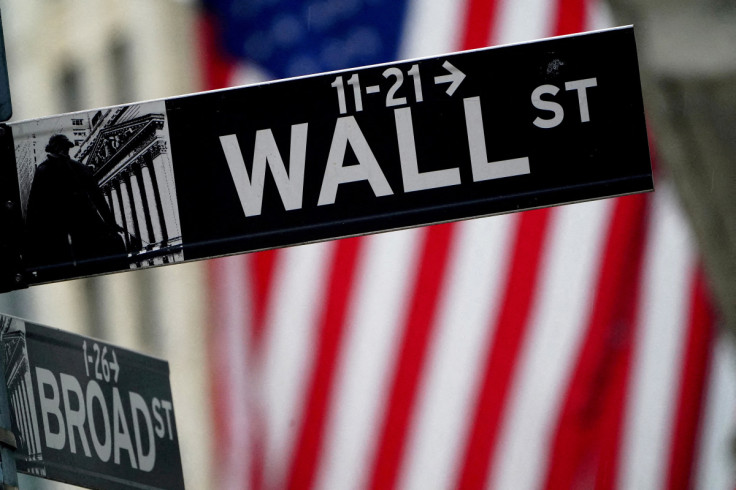Analysis-Hopes Of Easing Inflation Beckon Cash-rich Investors Into U.S. Stocks

Softer-than-expected U.S. inflation is bolstering the case for cash-heavy investors to step off the sidelines and plunge into risky assets, though many remain skeptical on how far stocks can run without further evidence that consumer price pressure will keep declining.
Thursday's massive rally in the S&P 500 showcased investors' hunger for upside after a bruising year in stocks and bonds, as the index soared 5.5% to its biggest daily gain in over 2 1/2 years on signs that U.S. inflation may be turning the corner.
As equities rallied, the dollar, a popular redoubt of risk-averse investors this year, notched up its sharpest one day drop in years against multiple currencies while Treasury yields tumbled. The S&P is 10.6% above its Oct. 12 closing low for 2022, though still down 17% for the year.
Market participants said investors' rotation out of large cash positions and into stocks likely contributed to the outsize move and could fuel further gains in equities and other risky assets - although many were far from convinced that the tough times for stocks were over.
"There is plenty of liquidity out there. Money market balances are huge. You've got fear of missing out," said Michael Farr, chief executive of investment advisory firm Farr, Miller & Washington. "If you're sitting in cash and the market rallies, you might think you were greedy waiting for a bigger discount."
Institutional investors' exposure to stocks was low going into Thursday's inflation report. Discretionary and systematic investors have increased positions in stocks over the past two weeks, but equity positioning was still lower than it had been for about 87% of the time since January 2010, according to a Deutsche Bank report published on Nov. 4.
At the same time, market volatility and higher interest rates have bolstered the allure of cash this year. Last month's fund manager survey from BofA Global Research showed investors' cash levels at their highest since April 2001.
"There are a number of institutional accounts that are under-risk and, as we get closer to the end of the year, individuals become much more momentum-oriented. They don't want to miss the market too much," said Christopher Harvey, head of equity strategy at Wells Fargo Securities.
"We think there's some more near-term upside, but we won't get too excited about that. It's not a bull market."
Part of the rise was also fueled by bearish investors rushing to unwind trades. An index of shorted companies monitored by Wells Fargo rose 10% on Thursday, nearly double the S&P's gain, suggesting that investors were unwinding bets, Harvey said.
INFLATION BELOW 8%
Thursday's data showed the consumer price index (CPI) had risen less than expected in October, pushing the annual increase below 8% for the first time in eight months. It was the strongest sign yet that inflation was slowing, which could allow the Federal Reserve to scale back its hefty interest rate hikes.
"Systematic strategies were set up completely wrong for this CPI print today," said Mike Lewis, head of US equity cash trading at Barclays.
Lewis said he had not seen so-called real money - a term for mutual funds, pension funds and other non-leveraged market investors - participating in Thursday's rally, though he saw no evidence of selling from that cohort, either.
Lewis believes the rally is unlikely to last until "we get more data like this CPI print, and with similar velocity."
It was a sentiment shared by Michael Purves, chief executive at Tallbacken Capital Advisors, who believes the S&P could climb to 4200, some 6% above Thursday's close.
Still, he does not think risk assets are out of the woods yet.
"I am not being very bearish. I just don't know whether this means you should start buying every dip you get," Purves said. "We need a lot more confirming evidence."
Analysts at Capital Economics, meanwhile, said relief at signs of cooling inflation would eventually be overtaken by worries over a looming global recession, a result of furious tightening by the world's central banks. They forecast the S&P 500 falling to 3200 in 2023.
"While equities received a boost today from lower real 'safe' asset yields, and we think this tailwind will persist, we still expect it ultimately to be more than offset by concerns over the economic outlook," they wrote.
© Copyright Thomson Reuters 2024. All rights reserved.





















